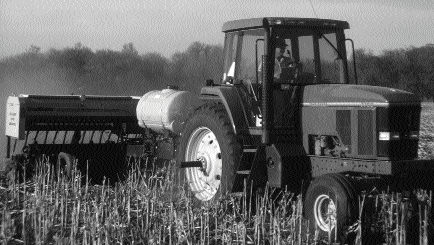No-Till Farmer
Get full access NOW to the most comprehensive, powerful and easy-to-use online resource for no-tillage practices. Just one good idea will pay for your subscription hundreds of times over.

Name: Paul Jasa
Title: Extension Engineer, University Of Nebraska
Number Of Years No-Tilling: 26
No-Tilled Crops: Corn, Soybeans, Grain Sorghum, Wheat, Cover Crops
My first experience with no-tilling began back in 1978 when I conducted a study for my master’s thesis on planter performance with various tillage systems. I visited 150 producers and observed their planters being used in the field.
Following that, the university received a grant that allowed us to establish no-till plots at a number of locations. This was in the early no-till days in Nebraska. At that time, we were hearing a lot of no-tilling ideas out of eastern states where they were not as concerned about moisture conservation as we were in the western Corn Belt and Great Plains.
We learned real fast that there is no single recipe for no-till success; what works for one place most often doesn’t work in another. And our most important early lesson was that no-till is a lot more than just planting a crop without tillage.
After more than 25 years of research at the Rogers Memorial Farm near the University of Nebraska’s Lincoln campus and across the state, we know that a successful no-till program is best achieved with a systems approach. You’ve probably heard that from many sources, but it can’t be emphasized enough. What does a systems approach mean? Here are seven things it should include.

Develop a long-term plan to rebuild soil structure.
Commit to no-tilling every…